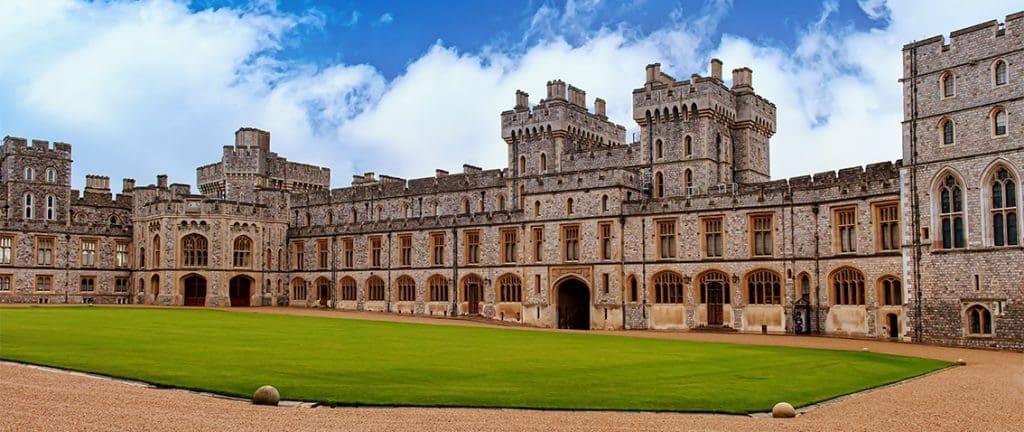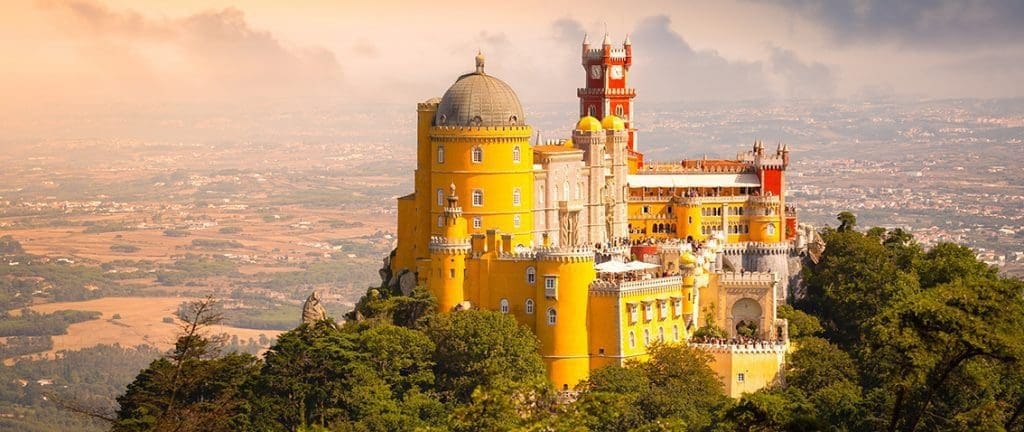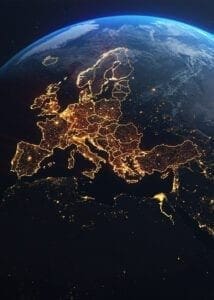The Most Beautiful Castles Around the World
For centuries, people across the globe have been fascinated and captivated by the charming allure and extravagance that castles portray. From their enchanting histories to their elegant facades and even the mysterious lives of those who call them home, castles seem to have bewitched humankind throughout the ages. And with so many of them spread throughout the globe, calling out to us, imploring us to explore their hallowed halls, it can be difficult to choose just a few to visit. That’s why we’ve compiled below a list of the most beautiful castles in the world – so you can curate your own travel itinerary and make the journey to some of the world’s most renowned and sought-after castle destinations.
1. Neuschwanstein Castle, Germany
Perched high up on a hill with its tall white towers framed against the Bavarian Alps, Neuschwanstein is the picture-perfect image of a fairy tale castle. Built near the town of Füssen in 1886 by King Ludwig II, the castle is credited as being the inspiration behind Walt Disney’s Cinderella and Sleeping Beauty castles. Originally constructed to serve as the King’s sanctuary and escape from the public eye, Neuschwanstein is now widely regarded as one of the most beautiful castles in the world and receives over a million visitors each year.

2. Himeji Castle, Japan
Originally built in the 14th century as a fortress, Himeji Castle was meant to protect the town of Himeji against invasions from local shoguns or military dictators. Fortunately, it never saw battle or unrest and ended up being renovated and repurposed as a residential castle. The property was eventually obtained by the Japanese government who designated it as a national treasure in the 1930s. It was also identified as a UNESCO World Heritage Site in 1993. Guided tours are now offered for those interested in touring this important and historical Japanese landmark.

3. Château de Chambord, France
Widely regarded as France’s most beautiful castle, Château de Chambord is as large as it is impressive. Constructed in 1519 as a hunting retreat for King François I, the castle houses a total of 440 rooms, 84 staircases, and 365 fireplaces. Known for its elaborate designs and bold architecture, which is said to be influenced by the work of painter Leonardo da Vinci, the castle took over 28 years to build. Today, it is open to visitors, although access is only granted to approximately 60 of the castle’s rooms.

4. Bojnice Castle, Slovakia
Dating back to the 12th century, Bojnice Castle is believed to have been initially constructed using wood but was slowly replaced with stone during several renovations. Its current appearance can be credited to Count János Ferenc Pálffy, who drew inspiration from France’s Gothic and Romanesque castles. Today, Bojnice Castle is maintained as part of the Slovak National Museum and houses a museum of art and history. Considered to be the most popular castle in Central Europe, Bojnice is also known for its hauntings and ghost stories.

5. Windsor Castle, England
Located just outside of London, in the English countryside, Windsor Castle is the largest and longest inhabited castle utilized by a royal family to this day. Originally constructed in the 11th century by William the Conqueror, the castle was renovated several times, receiving a redesign each time a new monarch moved in. It is currently utilized by Queen Elizabeth II as a weekend retreat and venue for important state events and celebrations, including royal ceremonies and weddings. Despite this, the majority of the castle remains open to visitors for most of the year.

6. Prague Castle, Czech Republic
Located in the heart of Prague lies Prague Castle, a 9th century Romanesque and Gothic complex that now serves as the residence for the president of the Czech Republic. Designated a UNESCO World Heritage Site, this large estate, which spans 45 hectares or 110 acres, was once the seat of power for the kings of Bohemia. Today, many of the complex’s structures, including the Old Royal Palace, St. Vitus Cathedral, and St. George’s Basilica, are open to the public and can be viewed on guided tours.

7. Kylemore Abbey, Ireland
This former castle located near Galway now serves as a monastery and residence for a community of Benedictine nuns. Originally built in 1868 as the private residence of a wealthy doctor, the castle was also utilized by the Duke and Duchess of Manchester before it was turned over to the Benedictine nuns in 1920. The nuns, originally from Belgium, were fleeing from war when they settled down in Kylemore Castle, turning it into the first Irish Benedictine Abbey. Today, the Abbey, which the Benedictine nuns still manage, is one of the most visited attractions in Western Ireland.

8. Trakai Island Castle, Lithuania
Situated on a small island in Lake Glave, Trakai Island Castle is the former capital and residence of the Grand Duke of Lithuania. Built during the late 14th century, the castle was valued at the time for its strategic location in the middle of the lake, which provided protection from surprise attacks. Despite this advantage, the castle eventually saw ruin and was plundered by the Russians in 1655. The castle remained in disrepair until the 1950s when it was restored and reopened as a museum.

9. Bran Castle, Romania
Known by many as Dracula’s Castle for its connection to Bram Stoker’s novel of the same name, Bran Castle is a medieval fortress that was built in Transylvania in the 14th century. Originally constructed as a means of defence against the expanding Ottoman Empire, the castle would go on to serve as a customs house, royal summer residence, and museum. Today the castle is recognized as a national monument and landmark and has become one of the most visited attractions in Romania.

10. Pena Palace, Portugal
Influenced by a combination of Middle Eastern and European styles of architecture, Pena Palace is unlike any other castle in the world. Perched high up in the Sintra Mountains, the castle stands out with its vibrant facade colorfully painted in bright shades of yellow and red. Built by King Ferdinand II in 1854, the castle served as a summer home for the royal family until the monarchy was overthrown during the Revolution of 1910. Today the castle, which has been declared a UNESCO World Heritage Site, is open to the public for tours.









